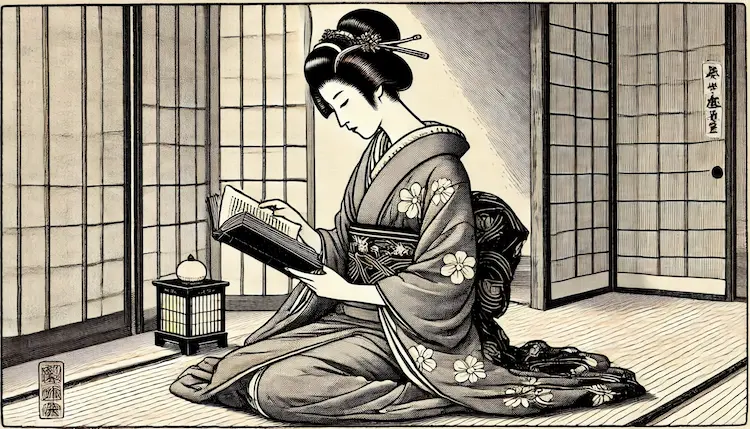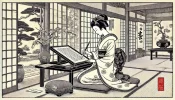Language and Literature of Osaka: A Window into Japan’s Cultural Heart
Osaka, known for its lively spirit and rich history, is more than just a city of great food and friendly people. It’s also a treasure trove of unique linguistic and literary traditions that have shaped its culture over centuries. From the playful Osaka-ben dialect to the works of renowned literary figures, Osaka’s language and literature provide a window into the soul of this dynamic metropolis. Let’s dive into the fascinating world of Osaka’s words, expressions, and stories that make this city truly one of a kind.
The Unique Dialect: Osaka-ben
Osaka-ben, the local dialect spoken in Osaka, is one of the most distinctive and colorful dialects in Japan. Known for its lively intonation and unique vocabulary, Osaka-ben reflects the warmth and humor of its speakers. Unlike standard Japanese, Osaka-ben has a playful and direct style that often surprises newcomers. For example, the phrase “ookini” (meaning “thank you”) and “nanbo?” (meaning “how much?”) are just a few of the expressions that give Osaka-ben its unique flavor.
Osaka-ben is more than just a way of speaking; it’s a cultural identity. Locals take pride in their dialect, which is often used to convey a sense of friendliness and approachability. This dialect is also deeply intertwined with Osaka’s merchant culture, where quick wit and humor were essential for business success. The differences between Osaka-ben and standard Japanese or even other Kansai dialects highlight the city’s unique character and its role as a cultural melting pot.
Historical Evolution of Osaka’s Language
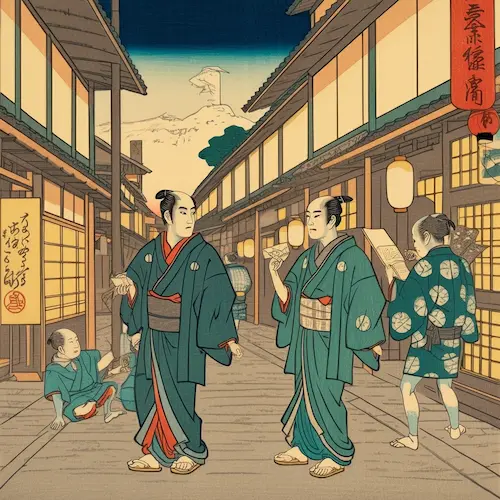
The language of Osaka has evolved over centuries, shaped by its history as a commercial and cultural hub. During the Edo period (1603-1868), Osaka was a bustling center of trade, where merchants, artisans, and travelers from all over Japan converged. This led to a fusion of languages and dialects, enriching Osaka’s local speech with terms and expressions from different regions.
The city’s thriving theater scene, including Kabuki and Bunraku, also played a significant role in shaping its language. For instance, the theatrical jargon and phrases used in plays gradually made their way into everyday conversation. Additionally, Osaka’s merchant culture influenced its language by incorporating business terms and expressions into daily use. The result is a dialect that is both practical and poetic, capturing the essence of a city built on trade and communication.
Notable Literary Figures from Osaka
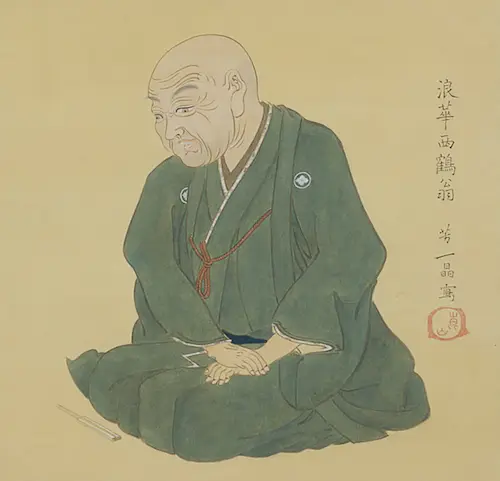
Osaka has been home to many literary giants who have left a lasting mark on Japanese literature. One such figure is Ihara Saikaku (1642-1693), a writer of the Edo period known for his works that depict the lives of merchants, samurai, and commoners in a humorous and realistic style. His book, “The Life of an Amorous Man,” offers a vivid portrayal of Osaka’s merchant culture, filled with wit and irony.

Another notable author is Yasunari Kawabata (1899-1972), a Nobel Prize-winning novelist whose works often explored the beauty and sadness of human life. Although Kawabata was born in Osaka, his literature often transcended local themes to capture universal human emotions. However, his early years in Osaka influenced his storytelling, particularly in his exploration of human fragility and fleeting moments of beauty.
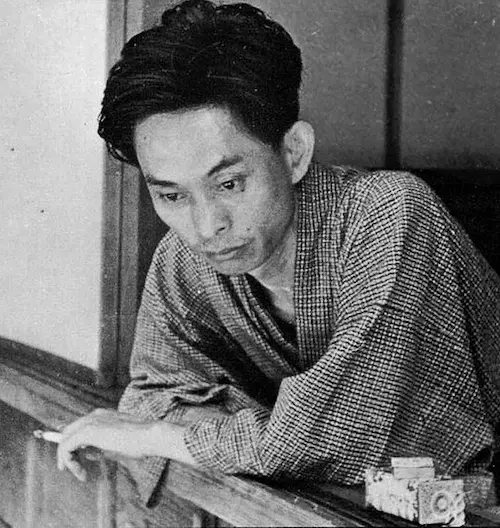
“The Dancing Girl of Izu” by Yasunari Kawabata evokes a sense of longing and reflection through the young man’s fleeting encounter with a pure-hearted dancer. It made me appreciate the beauty of transient moments in life and inspired me to cherish every fleeting encounter with an open heart, knowing they may shape who I am becoming.
Famous Literary Works Set in Osaka
Several literary works set in Osaka provide a window into the city’s unique character. “Naniwa Miyage” (Souvenirs of Naniwa) by Chikamatsu Monzaemon is a classic play that reflects the vibrancy of Osaka’s street life during the Edo period. Meanwhile, “Osaka Elegy” by Junichiro Tanizaki captures the complexities of life in modern Osaka, weaving together themes of love, ambition, and societal change.
These works showcase Osaka not just as a backdrop, but as a living, breathing character with its own voice, charm, and challenges. They paint a picture of a city that is both timeless and ever-evolving, where tradition and modernity coexist.
Osaka in Modern Pop Culture and Literature
In modern times, Osaka continues to be a source of inspiration in Japanese literature, manga, and popular media.
Characters who speak in Osaka dialect are often portrayed as particularly standout figures in various works. For example, in “Detective Conan,” Heiji Hattori is a great example. He plays the role of a detective and rival to Shinichi Kudo.
Similarly, in TV dramas and films, Osaka’s language and culture provide a rich backdrop that adds depth and flavor to the narrative.
Contemporary authors like Ryu Murakami and Natsuo Kirino draw on Osaka’s unique atmosphere to create stories that explore the darker, more complex sides of urban life. Their works offer a modern perspective on Osaka, blending traditional elements with contemporary issues, and inviting readers to reflect on the city’s role in today’s Japan.
How to Experience Osaka’s Language and Literature Today
To truly experience Osaka’s language and literature, consider visiting:
- Osaka Prefectural Nakanoshima Library: A beautiful library housing rare books and manuscripts, offering a glimpse into Osaka’s literary heritage.
- Kamigata Ukiyoe Museum: Focuses on the culture and arts of Osaka during the Edo period, including theater, which heavily influenced local language.
- Local bookstores like Keibunsha in Umeda, where you can find a wide range of books on Osaka’s culture, language, and history.
Participate in storytelling sessions, attend a traditional Bunraku performance, or join a local language workshop to learn Osaka-ben firsthand. These experiences will enrich your understanding and appreciation of Osaka’s unique cultural landscape.
Conclusion
Osaka’s language and literature are as vibrant and diverse as the city itself. From the playful Osaka-ben to the profound works of its literary figures, the words of Osaka offer a unique perspective on its culture, history, and people. Dive into this rich linguistic and literary tradition, and you’ll discover the true spirit of Japan’s cultural heart.
